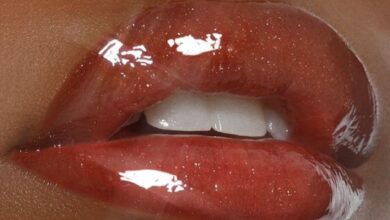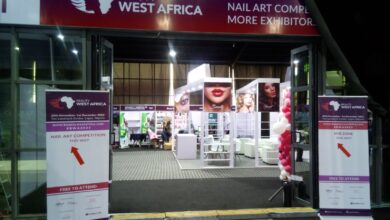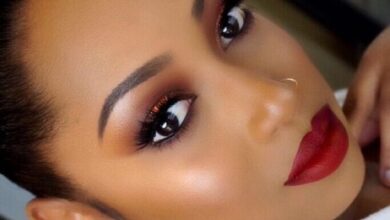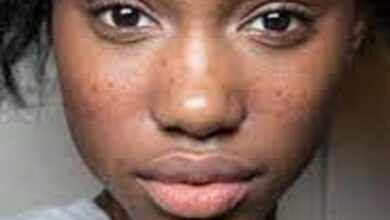The Special Effects Make-up Artist
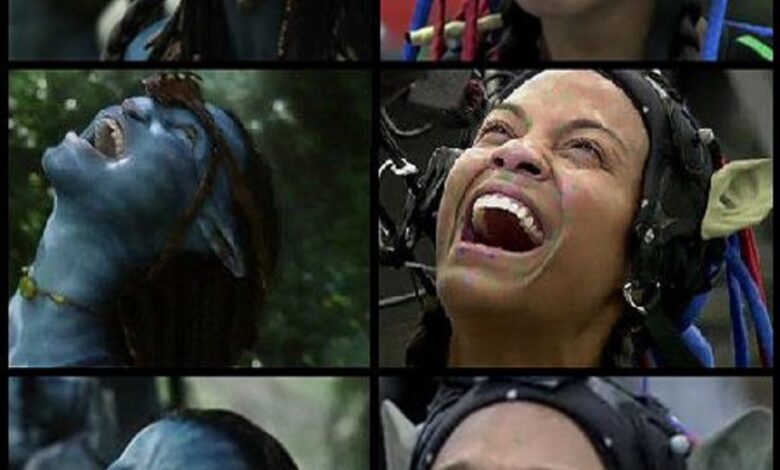
Mirror, mirror on the wall; make-believe, makeover and make-up
Without the special effects make-up artist, there would have been no Gary Oldman as Winston Churchill in Darkest Hour or the undead in Game of Thrones. This form of make-up artistry aims to be lifelike and convincing.
Also referred to as cinematic or prosthetic make-up, special effects (SFX) use prosthetics, casting, sculpting and moulding techniques to create superior cosmetic outcomes. In the hands of the professionals behind this art form lie the gorgeous and gory sides of make-up artistry. They create realistic deformities, wounds, creature features and all kinds of looks for television, film and the theatre, especially those that can withstand harsh light settings.
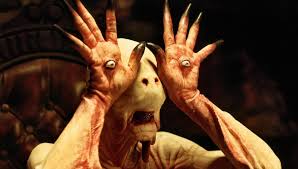
Their gorgeous side emerges when prettying up on-air personalities/anchors working on tv shows, stage productions or in the news world. While their other side, the one they are famous for, comes to bear when they transform performing actors from youthful to wrinkled octogenarians, colour in ugly where beauty once lived, or create the appearances of injuries, scars and other elements necessary to project certain images in support of cinematic roles.
Related post: Gore, Blood and Shivers: The Special Effects Side of Make-up Artistry
The special effects make-up artist is responsible for the gore and carnage effects in horror, sci-fi, thriller, war, and fantasy movies, adding a sheen here or a shadow there to convincingly carry off a zombie/ghost/otherworldly character, creating bloodlike reality and frightening the living daylights out of audiences everywhere.
Work Environment of the Special Effects Make-up Artist
As previously mentioned, movie, TV and theatre sets are the locations where SFX make-up artists wield their magic. Notwithstanding the industry’s dependence on computer-generated images, these professionals help create, and have front-row seats to, scenes which eventually elicit a plethora of emotions from viewing audiences worldwide.
They can also find jobs in other areas of the entertainment industry such as cruise ships, theme parks, and avant-garde fashion designers.
The work environment of the special effects make-up artist is anything but ordinary. It is almost as edgy and exciting as the work itself.
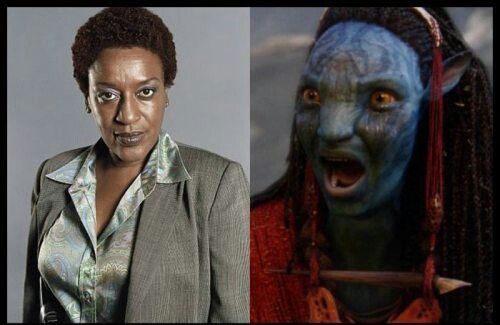
What’s in an SFX Make-up Toolkit?
The special effects toolkit is proof of this make-up artist’s gorgeous and gory sides. For there are some of the regular beauty items:
- Sponges
- Brushes
- Wipes
- Swabs
- Cotton wool/buds
- Powder puffs
And then there are others which are quite eyebrow-raising irregular, but in a good way:
- Liquid latex
- Spirit gum and remover
- Skin-friendly waxes
- Fake blood
- 3D Silicone Modelling Compound
- Flesh Effects Clear Gelatin
- Prosthetic Piece
- Glycerin
- Tooth Effect – Nicotine
How to Become a Special Effects Make-up Artist
Special effects make-up is an advanced area of make-up artistry. It demands specialist skills and practice to excel in it. Individuals who succeed have training in both basic and SFX make-up artistry.
Aspiring SFX make-up artists must know the rudiments of make-up application as well as take courses in special effects to gain skills and knowledge about the field. An ongoing approach to learning will put the SFX make-up artist on the right career trajectory.
Practising and failing with family and friends is another worthy experience to add to the portfolio of potential SFX professionals.
Knowing the equipment and products of the industry; being unafraid to explore creative ideas; and following the industry’s influencers closely to understand trends, and improve.
Related post: The Clinical Make-up Artist

